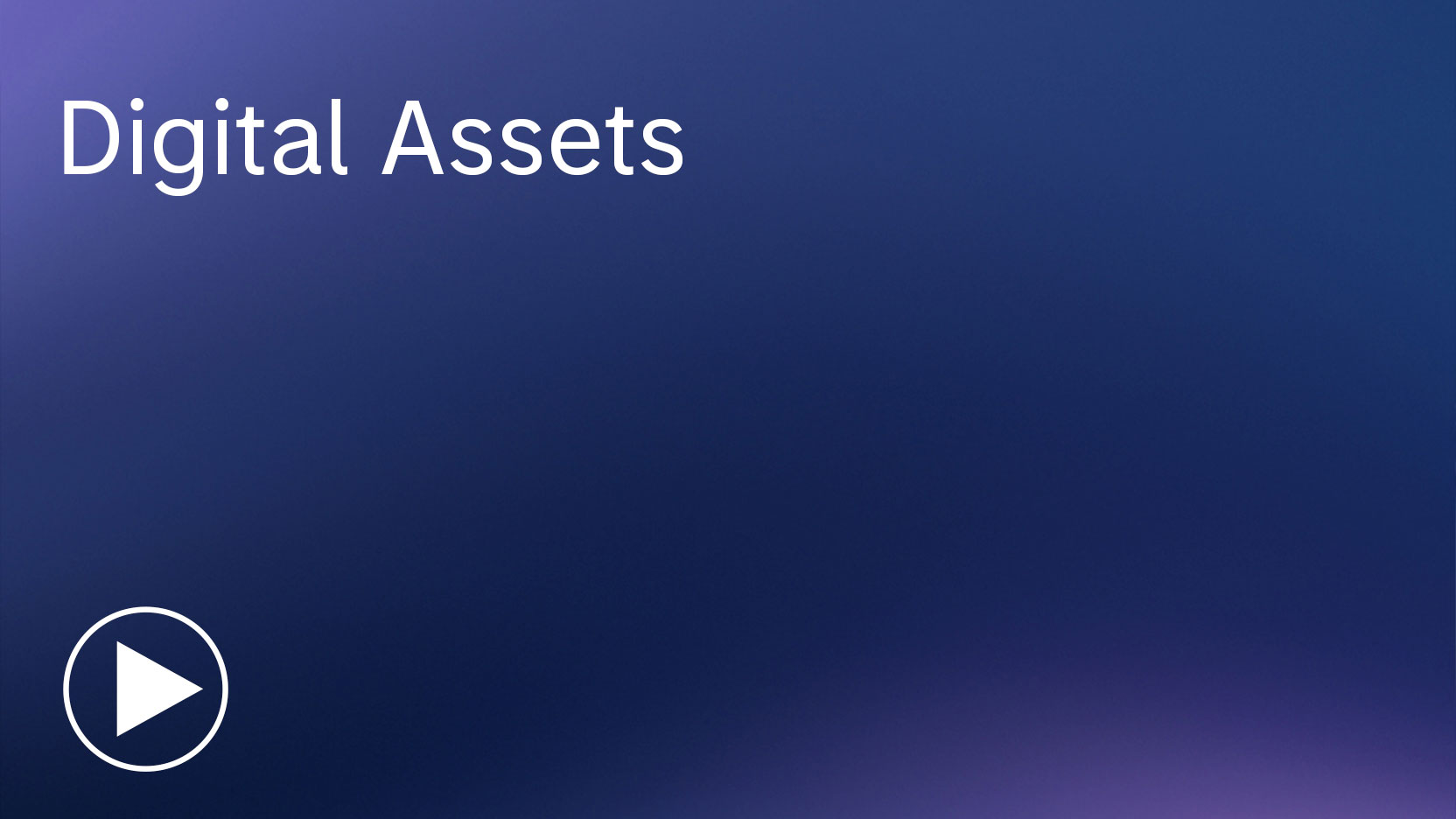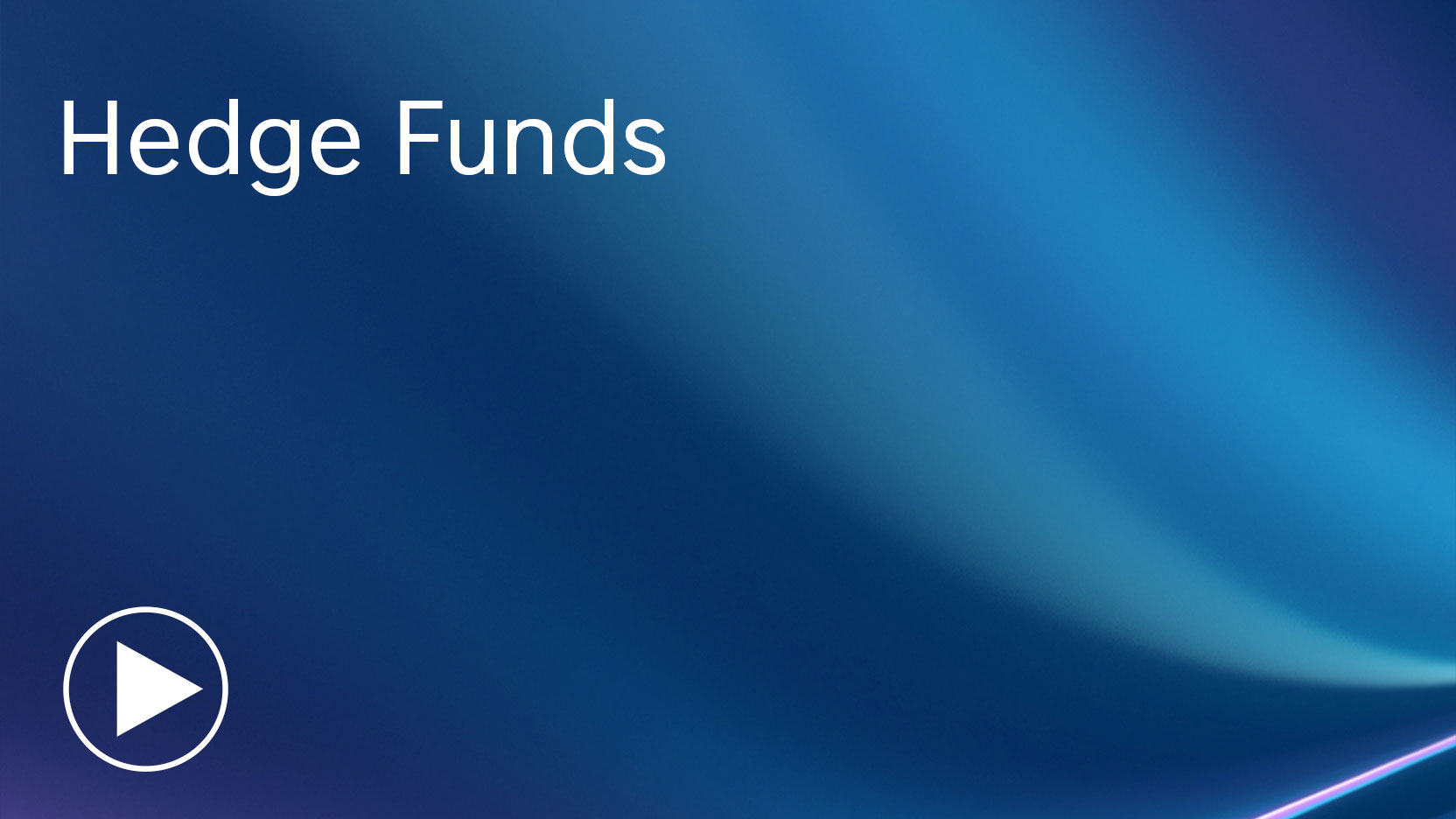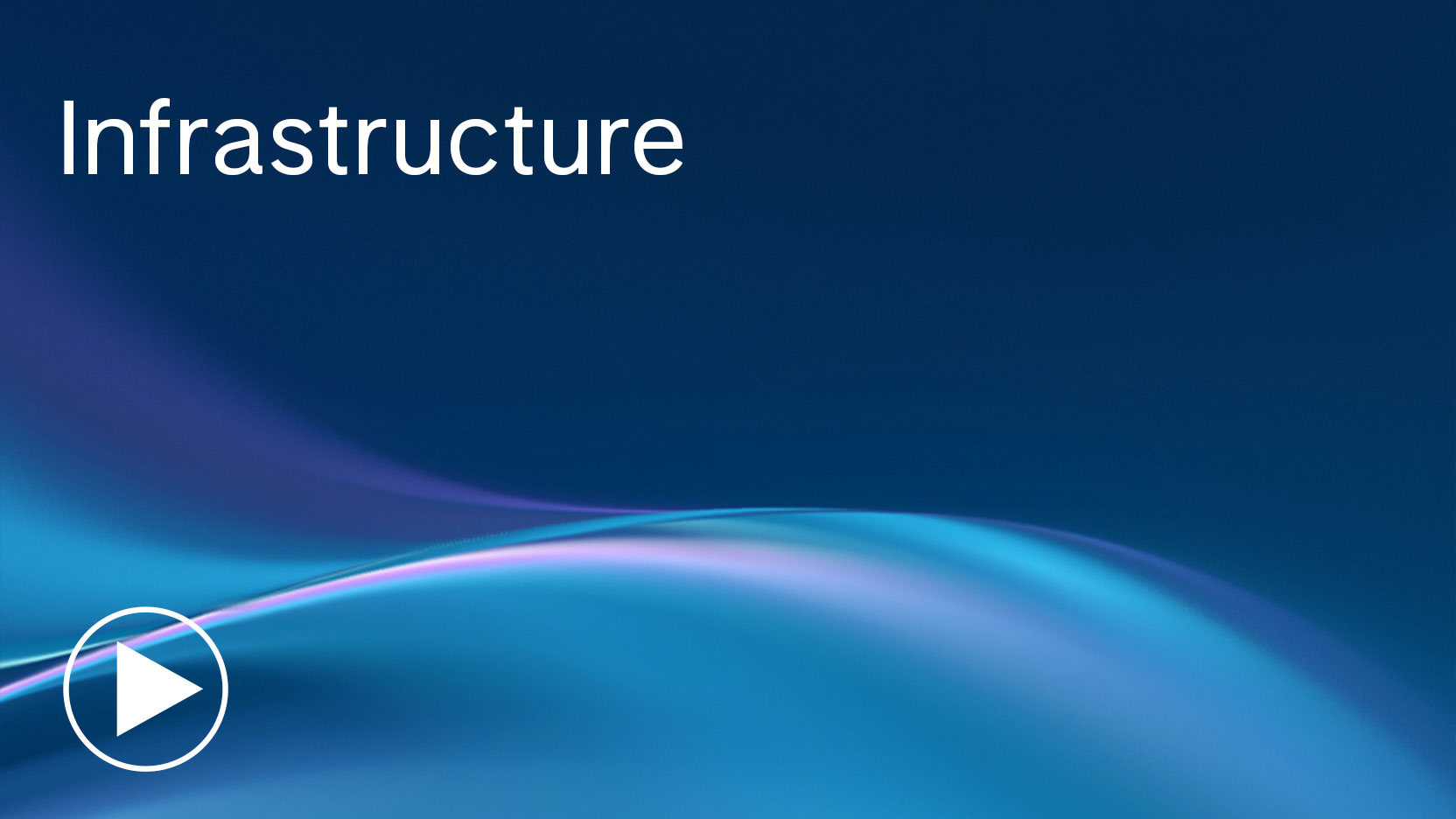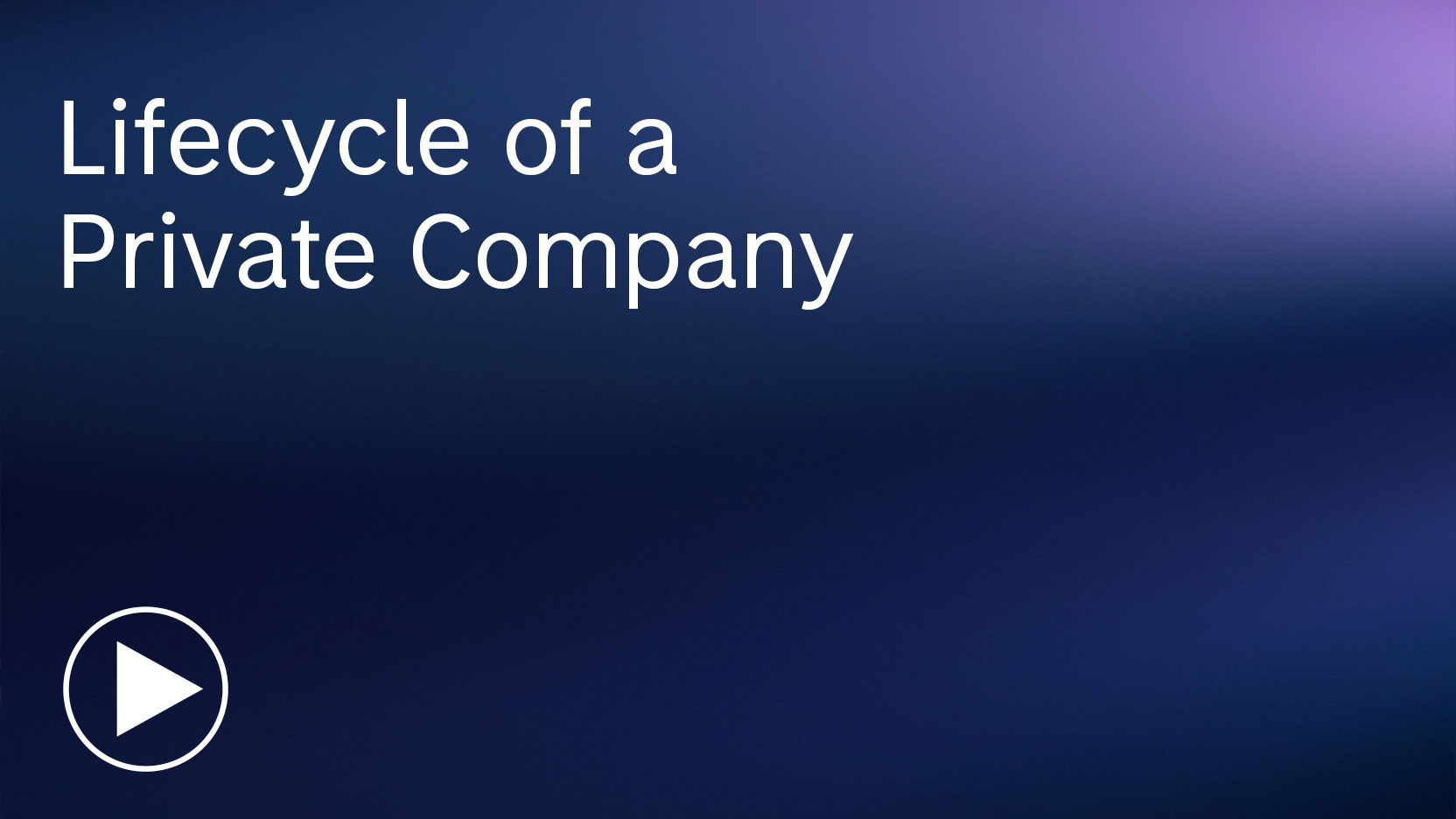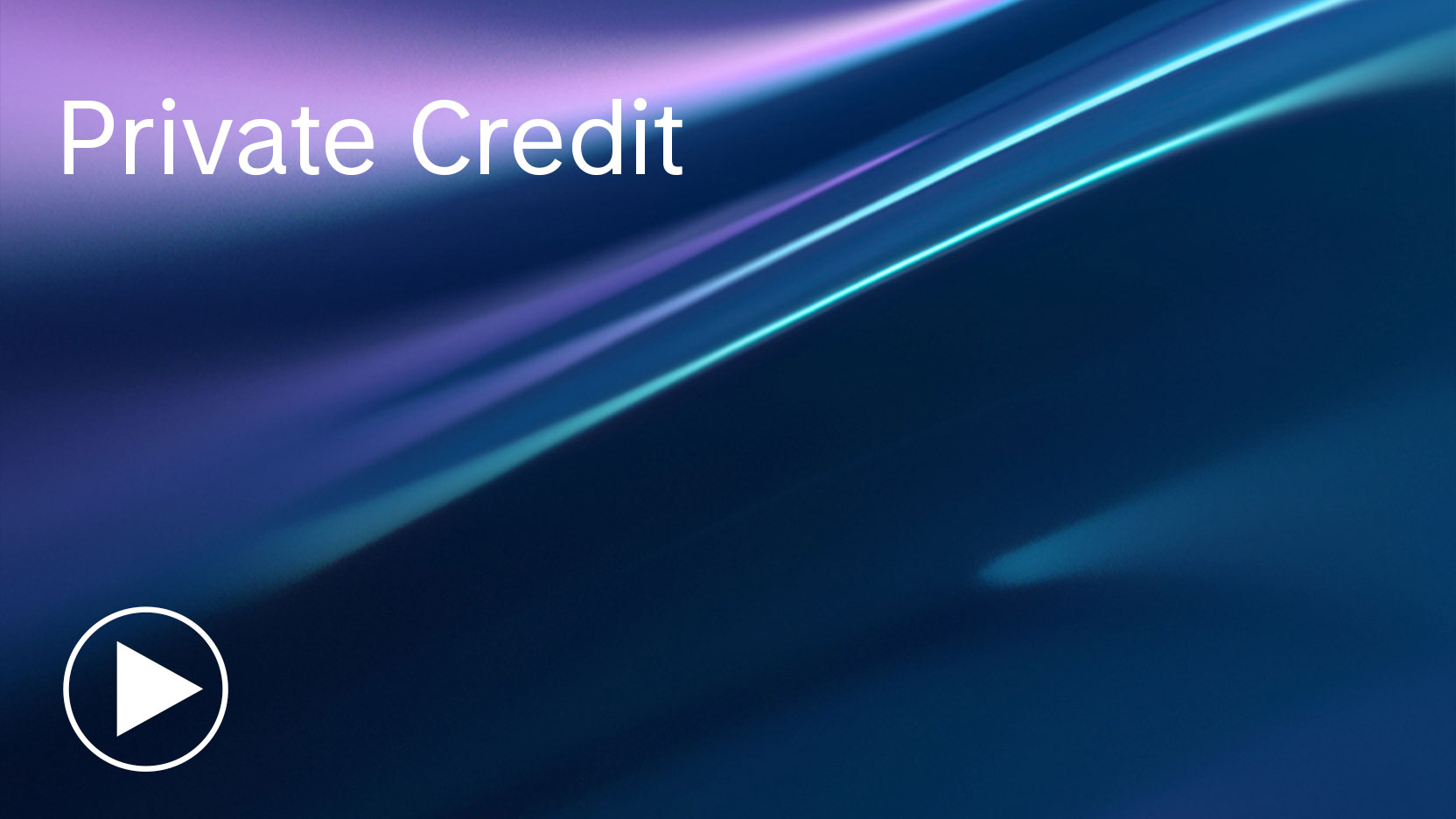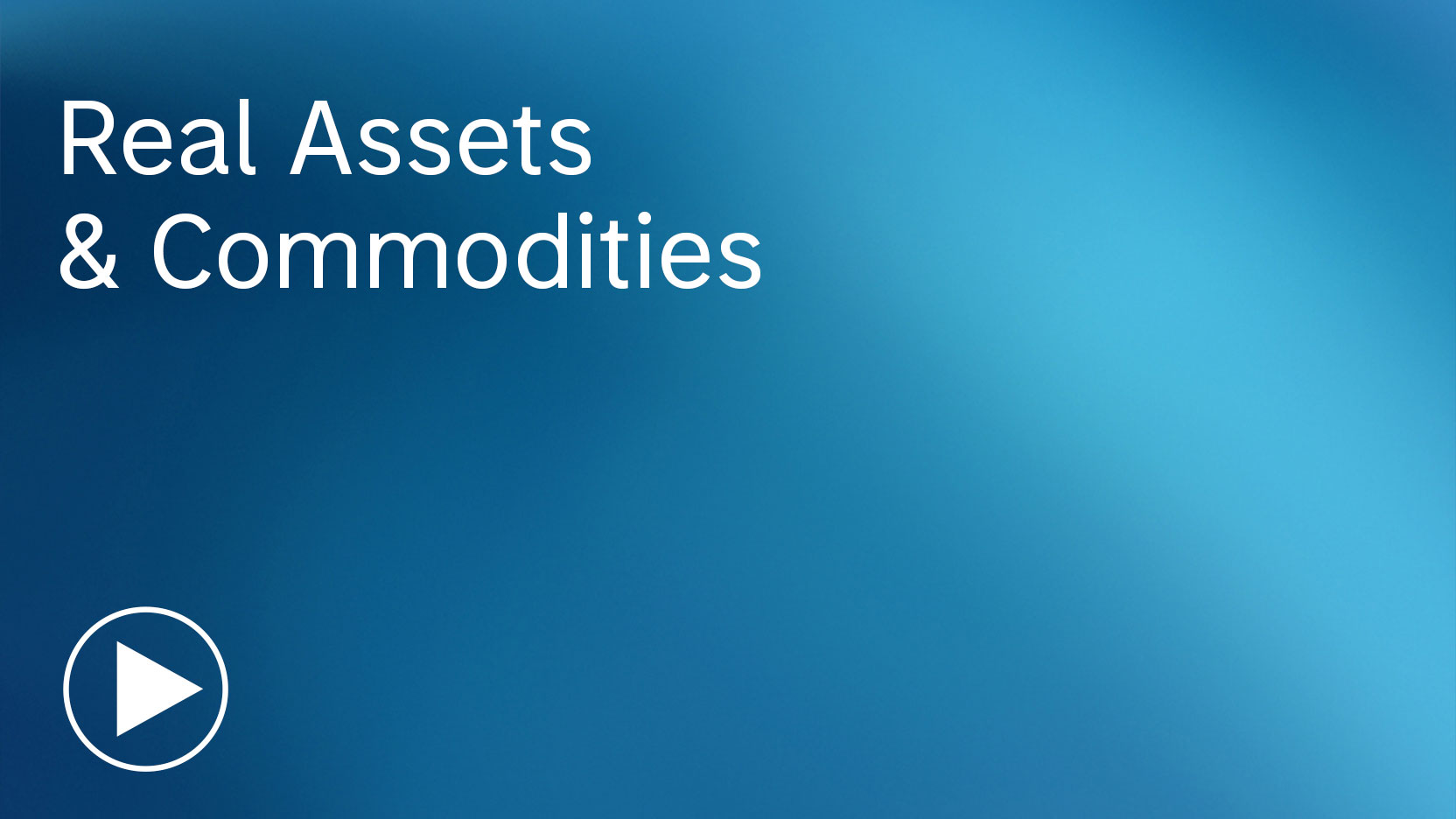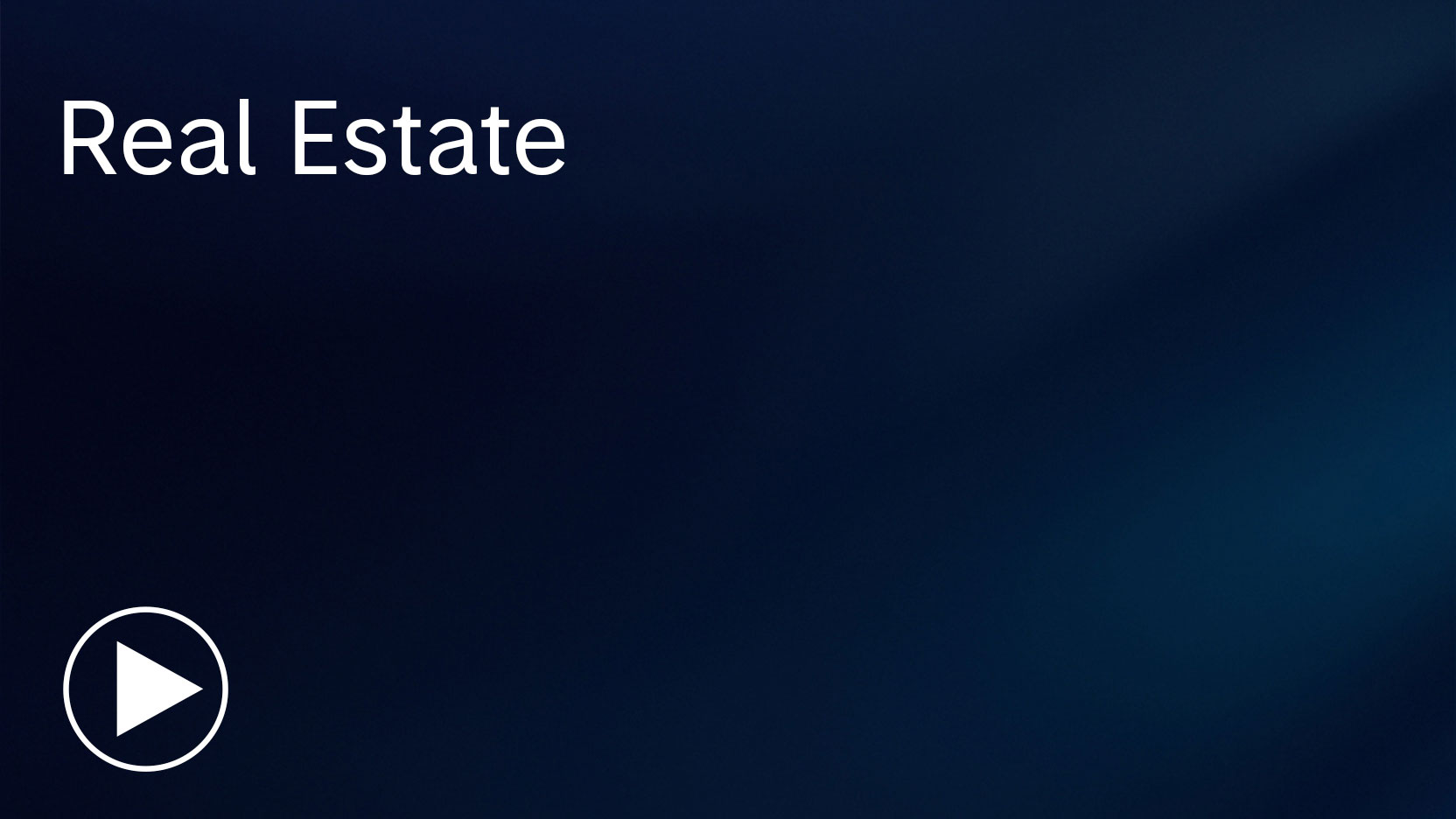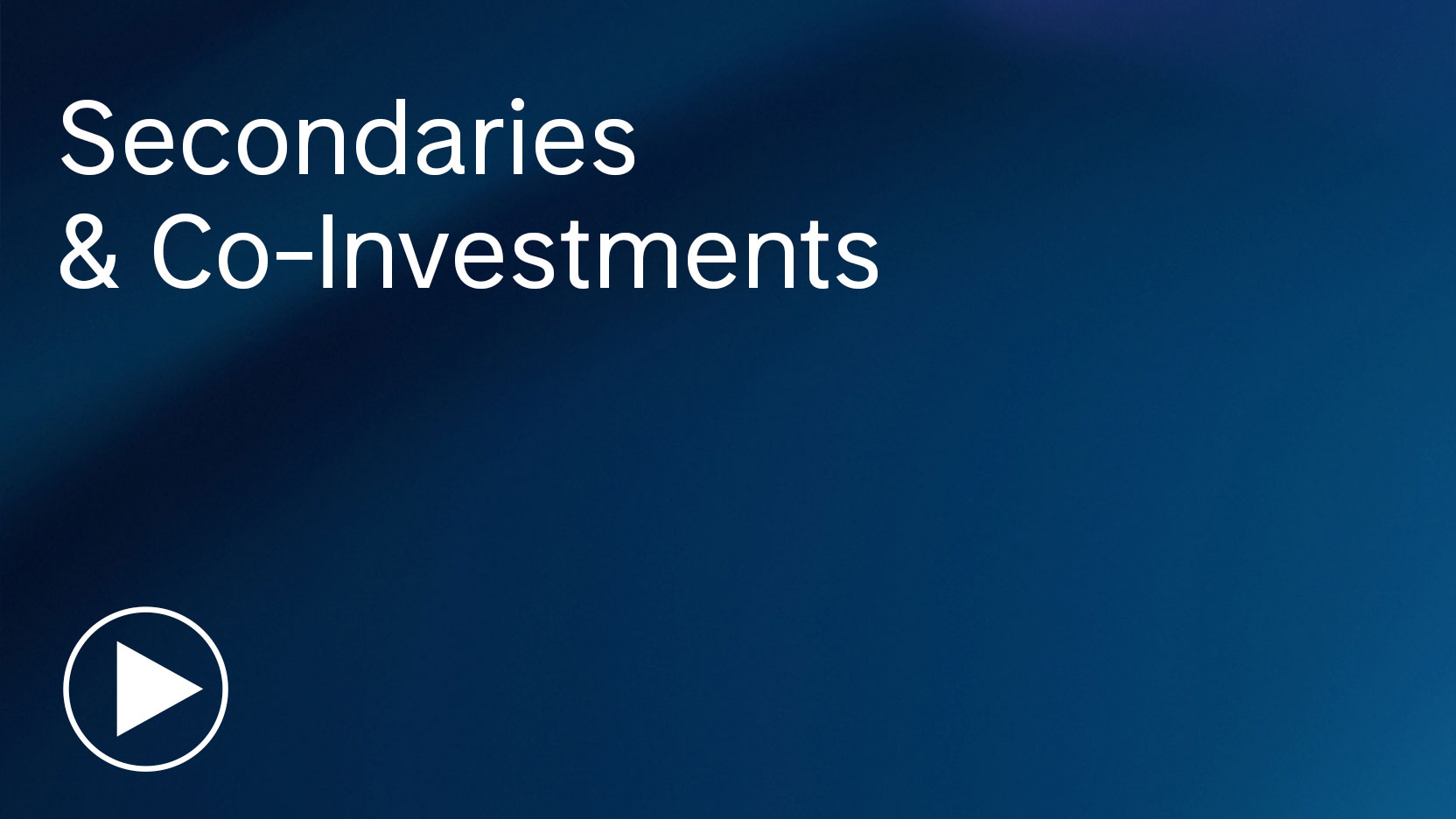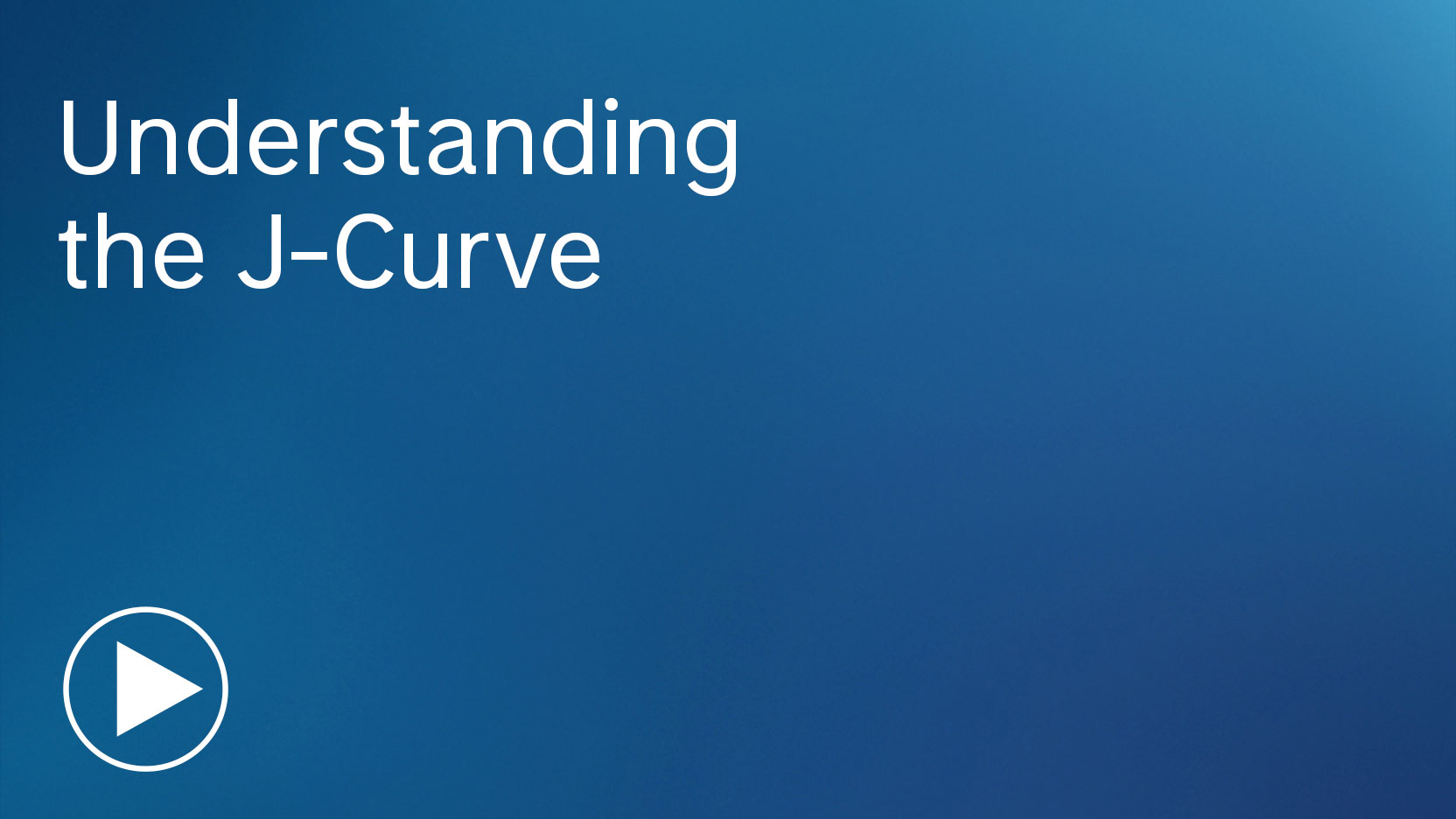
Transcript
To understand private equity, you need to look at the timeline for investing in a private equity or a venture capital fund. These are typically available in institutional investment or qualified purchaser sizes in the 10-year drawdown fund structure.
In the 10-year drawdown fund structure, the private equity or the venture capital fund is going to go through a three-year investment period. During this time, all of the capital that the investor wants to allocate to this private equity or venture capital fund starts out entirely with the investor. Over this three-year investment period, the general partner is going to call capital only when they’ve identified a particular portfolio company investment. Every time they ink a new deal with a privately held company, they’re going to go out to their investors or their limited partners to ask for more money. The general partner might call 30 percent in the first year and 40 percent in the second year and 20 percent of capital in the third year. At the end of the investment period, there might only be 80 or 90 or 100 percent of capital that’s been allocated to those portfolio company investments in the private equity or venture capital fund. The money that’s sitting with the investor and not with the general partner is called dry powder, the amount of money that’s been committed to the fund, but not yet invested.
The private equity or venture capital manager is going to take up to three years to build out that portfolio, then they’re going to enter a growth period of maybe four or five years. Buyout managers are going to try to reduce the debt that was incurred through that leveraged buyouts and on the venture side they’re going to try to grow revenue and they’re going to try to grow the footprint of that privately held companies.
Then there’s going to be a period of exits. They’re going to sell the companies out of the private equity fund or the venture capital fund. They’re going to realize those gains. Of course, you can exit at any time during the life of the fund. Opportunistically, if there’s a great IPO or merger market, you might want to exit early, but typically we see the majority of the exits from a private equity or venture capital funds coming in years eight, nine, and 10. If they’re not able to exit, if it’s not a great time for the IPOs or the mergers, there could be an extension for a year or two after the end of the 10 year life of the fund.
Now the vintage year is the first year of the investment period. A general partner might have raised a fund in 2024, and when they to start investing in 2025, we’ll call that fund a 2025 vintage year. A fund with a 2025 vintage year is going to be buying companies in 2025, 2026 and 2027, and exiting those companies in years 2033, 2034 and so on. Each vintage year is unique, and we care about the valuations of the companies when we’re buying in, and we care about the valuations of the companies when we’re exiting.
Each GP is encouraged to close the investment period for the prior fund before entering the new fund. If you are a buyout manager, typically you’re launching a new US large cap buyout fund every three years. For three years, investments are placed in fund number four. Then once that fund is closed for new portfolio company investments, the GP will launch fund number five.
In this drawdown fund structure, they typically have that ten year stated life, according to that timeline, we’re going to call a capital during that first three years. Typically we’re going to be not exiting too early. The distributions and the exits come in years 7 through 10 or years 8 through 10 of the life of the portfolio.
Now the J curve is defined as the pattern of returns of the fund over time. Typically, there will be negative returns in the early years, and positive returns in the later years. As we invest in these portfolio companies, we’re typically not counting them as profitable when we immediately invest in them. It takes several years and maybe later rounds of funding for the value of that company to increase in the fund. We’re paying fees early in the life of the fund, and then we’re realizing those profits later in the life of the fund.
The returns can be very sensitive to the vintage year, so its important for investors to diversify across vintage years. Maybe the worst time to invest in private equity or venture capital was 1998. We’re buying companies at very high valuations in 1998 and 1999. And then when is our exit? In 2008, which is not a great time to be doing IPOs and mergers. If you buy into a vintage year when valuations are very high, and there’s a lot of competition for shares of these private companies, and you try to sell them into the weakest IPO market in a generation, that’s going to be a very difficult time to be investing in private equity and venture capital. Conversely, 2008 might be the best vintage year because you’re putting new capital to work in 2008 and 2009, a generational low in equity prices. You’re able to buy those companies at relatively low valuations, but then you’re trying to exit into a market like 2017 or 2018, with relatively strong equity markets.
Now there are fees involved with these venture capital and private equity drawdown structures. They typically charge two and 20, which is a 2 percent annual management fee charged on committed capital during the investment period. You owe a 2 percent fee on the amount of commitment capital in the first year of the life of the fund even if the General Partner hasn’t called any capital for investing in portfolio companies. A year could go by, and the General Partner charges you a 2 percent fee, even if they haven’t yet called any capital.
Obviously, the return to that first year is minus 2 percent because you’re paying all of those fees without having any of the exits early on in the period. You’re paying that 2 percent management fee on committed capital during the investment period and on invested capital after that investment period, and then you’re also paying a 20 percent carried interest comes into play later in the life of the fund as you’re exiting those portfolio companies, the limited partner is getting 80 percent of the profits, and the general partner fund manager is getting 20 percent of the profits.
Here’s what the J curve looks like. In the initial years of the fund, you’re paying those management fees, and the returns of the fund are likely negative early in the life of the fund, the first three years, you might be earning negative 2 percent per year as that management fee that you’re paying each year. Hopefully, over the life of the fund, when those exits come in, you will be selling those companies for a multiple of what you paid for them. The returns are coming late in the life of the venture capital and private equity funds. The reason that investors are interested in allocating to private equity and venture capital is because historically, over the 10-year life of the fund, venture capital and private equity have been able to outperform returns of the S&P 500.
The experience of the J curve is that people are investing in private equity and venture capital because they’d like to outperform the S&P 500 over the 10-year life of the fund. It’s important to note that there is a J curve in that you’re not consistently outperforming the S&P 500 every year over the life of this private equity and venture capital fund. Typically, you’re experiencing negative returns early in the life and positive returns later in the life of your private equity and venture capital fund investment.
In this video, we explore the J curve and its role in understanding private equity and venture capital investing. The J curve reflects how these investments often experience negative returns early on due to management fees and slow capital deployment, followed by positive returns as portfolio companies grow and exit later in the fund’s life.
